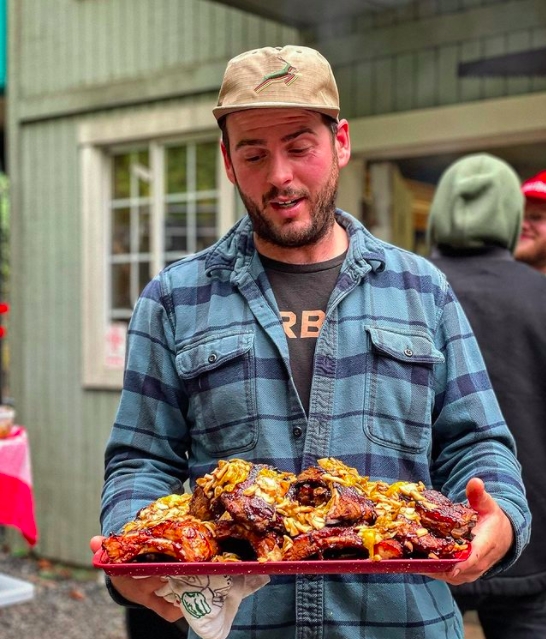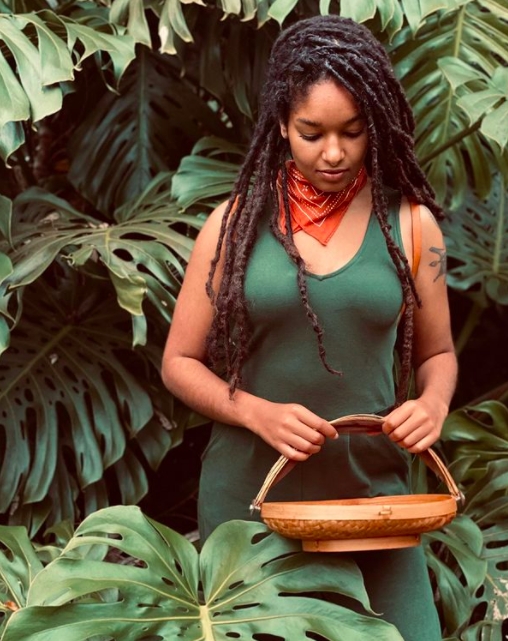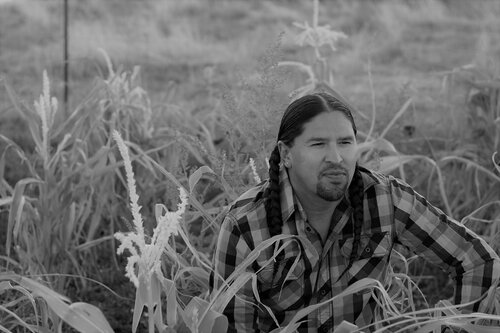Foraging for food isn’t exactly a “trend.” It’s something that’s been part of human existence since… ever. But as we moved into cities and capitalism took control of every aspect of our lives, many of us stepped further and further away from nature. The direct connection to our foodways was, for many, lost.
It doesn’t have to be this way. In fact, even living in a city doesn’t mean you can’t take part in sourcing your own food. Not only are certain ingredients abundant in cities but wild spaces in and around America’s big cities contain a wealth of edible plants for eager foragers to access.
Now hold up for just a second. We’re not saying you should just go out in the woods, start poking around, and hope for the best. Don’t do that. Successfully and safely foraging requires education about what’s actually out there. You need a baseline of knowledge — some of which can be found on social media. Today, we’re highlighting three folks we think you should follow if you want to get into foraging and harvesting your own food, even in a small way. Listen to their advice, check out their work, read a book or blog, maybe download a plant ID app, and perhaps you’ll feel inspired to dive deeper into this resurgent movement.
Karl Holl:

Meet Chef Karl Holl:
Chef Karl Holl didn’t reinvent the foraged menu. He knows that. But that doesn’t stop him from diving deep into the woods outside of Portland, Oregon in the pursuit of something that goes beyond just “local” for his menus — first at Spätzle & Speck, now as the culinary director for Smith Teamaker.
Holl has been foraging for over 15 years for personal use and in his kitchens. More recently, he’s begun to take newbies into the wild to seek out chanterelles, lobster mushrooms, and more under the banner of Forager Goods & Company. Holl’s tours are both bountiful and educational, offering concrete tools and sharing Holl’s sincere love for wild spaces.
Advice for Getting Started:
Holl’s first bit of advice is about what your goals should be when foraging. “I don’t go out there and just focus on one thing,” he explains. “Of course, you target something that day. But there’s such an abundance that I feel like there are endless edibles that pop up throughout the season that you should be looking for.”
Holl takes a unique and tactile approach to recognizing local ingredients — opting for markets over books. “You need to keep educating yourself and staying curious of what’s out there. But I don’t find myself deep in books, I find myself spending more time at the farmer’s market and asking foragers and farmers I met there about their incredible finds, what grows where, and which windows you can actually harvest what they’re selling.”
Holl says that connecting through the local community on a one-to-one basis is what really drives his education and ability to go out in the woods and harvest for himself and his community.
Indy Srinath

Meet Indy Srinath:
Indy Srinath wants you to source and grow your own food, even if you’re living in a densely populated city. The eco leader and model — who writes for Uproxx — is deeply passionate about urban farming, foraging for her food, and building more sustainable foodways. It’s a lifetime pursuit that she shares via Instagram and in her various urban gardening projects.
Srinath believes that a big part of harvesting wild foods is to listen to the plants and, most importantly, the people that came before us. Good food may be the goal but cultural respect is paramount to the process.
Advice for Getting Started:
Srinath took a unique approach to start her path as a forager. She wasn’t out in the woods going after honeypots of mushrooms after a rainstorm. “When I started foraging, I actually studied identifying flowers because I feel like they’re really abundant, they’re all so unique and different, and there’s a lot of medicinal wildflowers.” Srinath started out by identifying the flowers that grew around her home, which is something pretty much any person can go out and do right now. “Violets, dandy lions, and goldenrod can be a great beginner exercise in foraging,” she notes. “And there’s a lot less chance of misidentification when you’re foraging for wildflowers.”
M. Karlos Baca

Meet M. Karlos Baca:
M. Karlos Baca is an Indigenous (former) chef, harvester, farmer, activist, educator, and leader. Baca works directly with his community and other Indigenous nations to help them reconnect with their traditional foodways of both harvesting and farming, which starts with understanding the massive pantry that is the natural world.
Through communities like iCollecitve, Baca has worked with other Indigenous chefs, bakers, seed-savers, foragers, and farmers to create an online journal called The Gathering Basket. The digital book is one-part cookbook and one-part community harvesting journal that’s “rooted in the cultivation of Indigenous food sovereignty and elevating and preserving Indigenous Narratives.” The book is available to anyone looking to learn from the original stewards of these lands for only $7.
Advice for Getting Started:
While subscribing to The Gathering Basket is the first step any budding forager should take, Baca has more insight to pass along to anyone looking to source their own wild foods.
“When you finally decide that, ‘Okay, I’m not going to live this way [on industrialized food]. I don’t want to be an asshole anymore by playing my part in destroying the earth and engaging in this western white supremacy [of the food system].’ Once you start engaging in that way and you see a plant,” Karlos explains, “You can feel it call you. You can feel something tug and you go, ‘Hey, I’m going to introduce myself, I don’t know you. But I can tell that you’re trying to say something that I can’t hear yet.'” Karlos continues, “and so I always just ask for a teacher. I ask, ‘when you’re ready to bring a teacher to me, or that information forward for me to experience a relationship with you, then that’s what we’ll do.'”
Baca makes it clear that engaging with nature isn’t about just taking whatever you see. It’s about taking your time, listening to nature, and allowing your knowledge to build organically as you grow along with the rest of the world out there.







